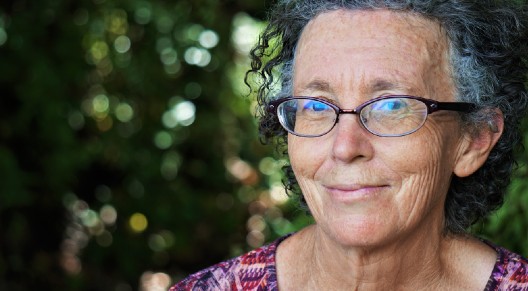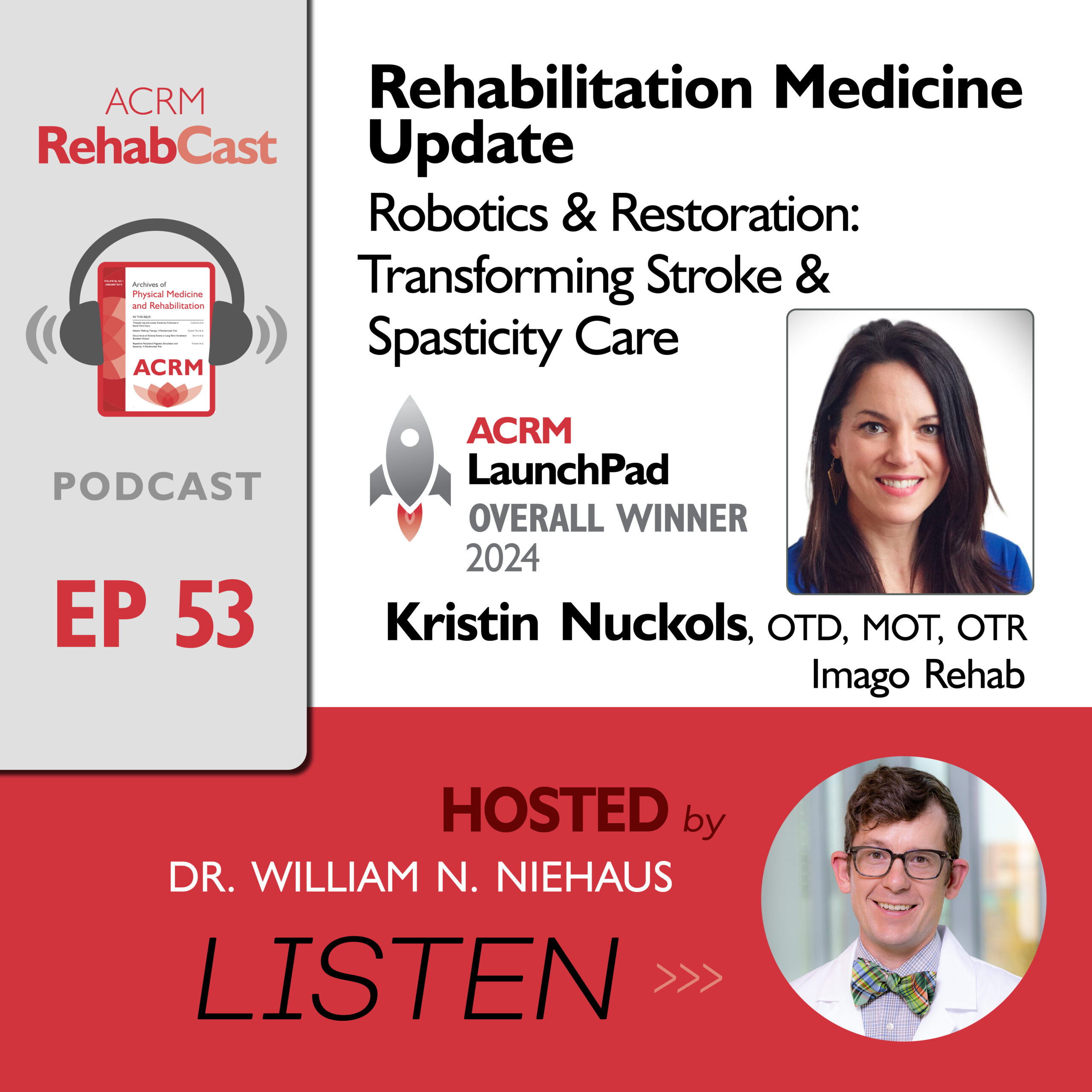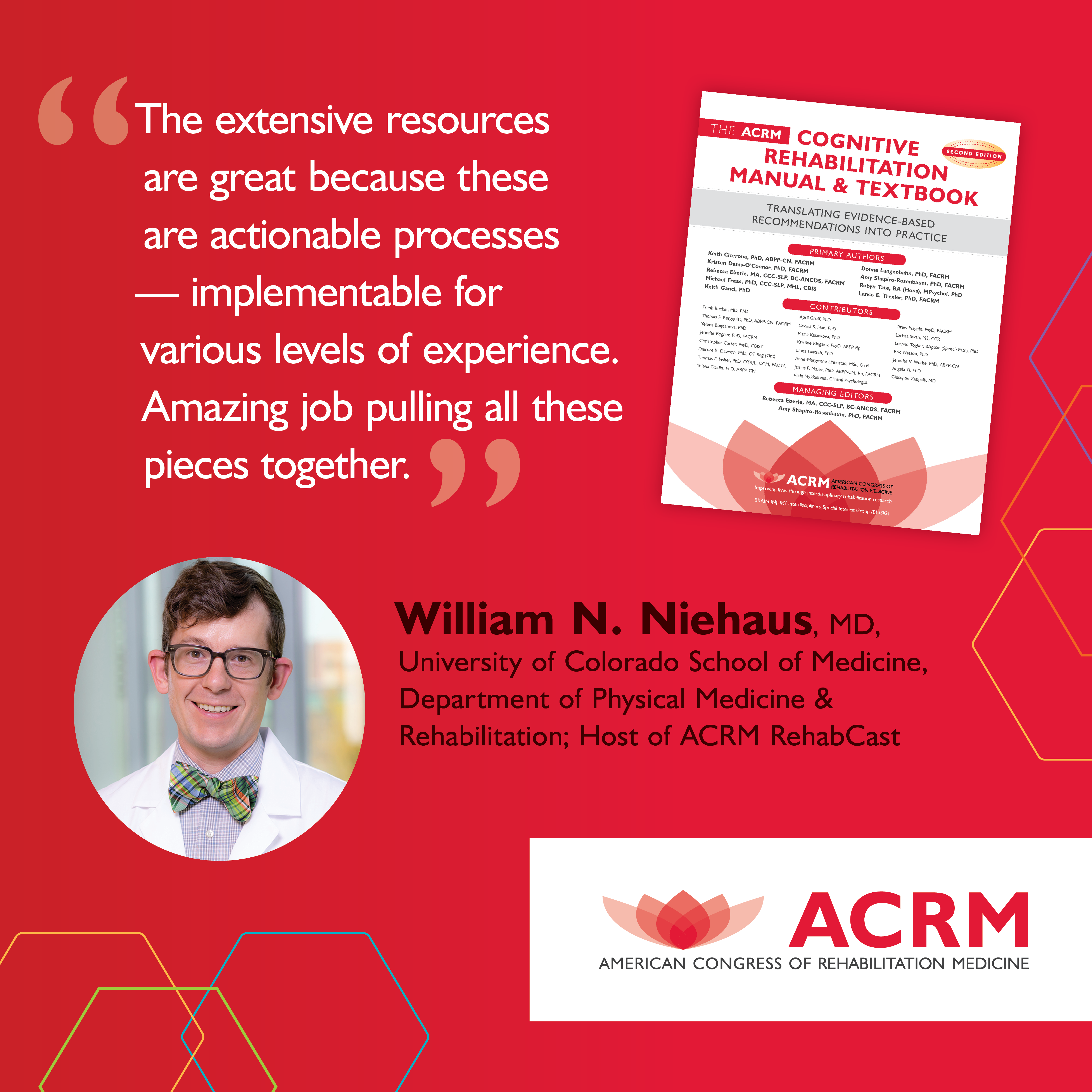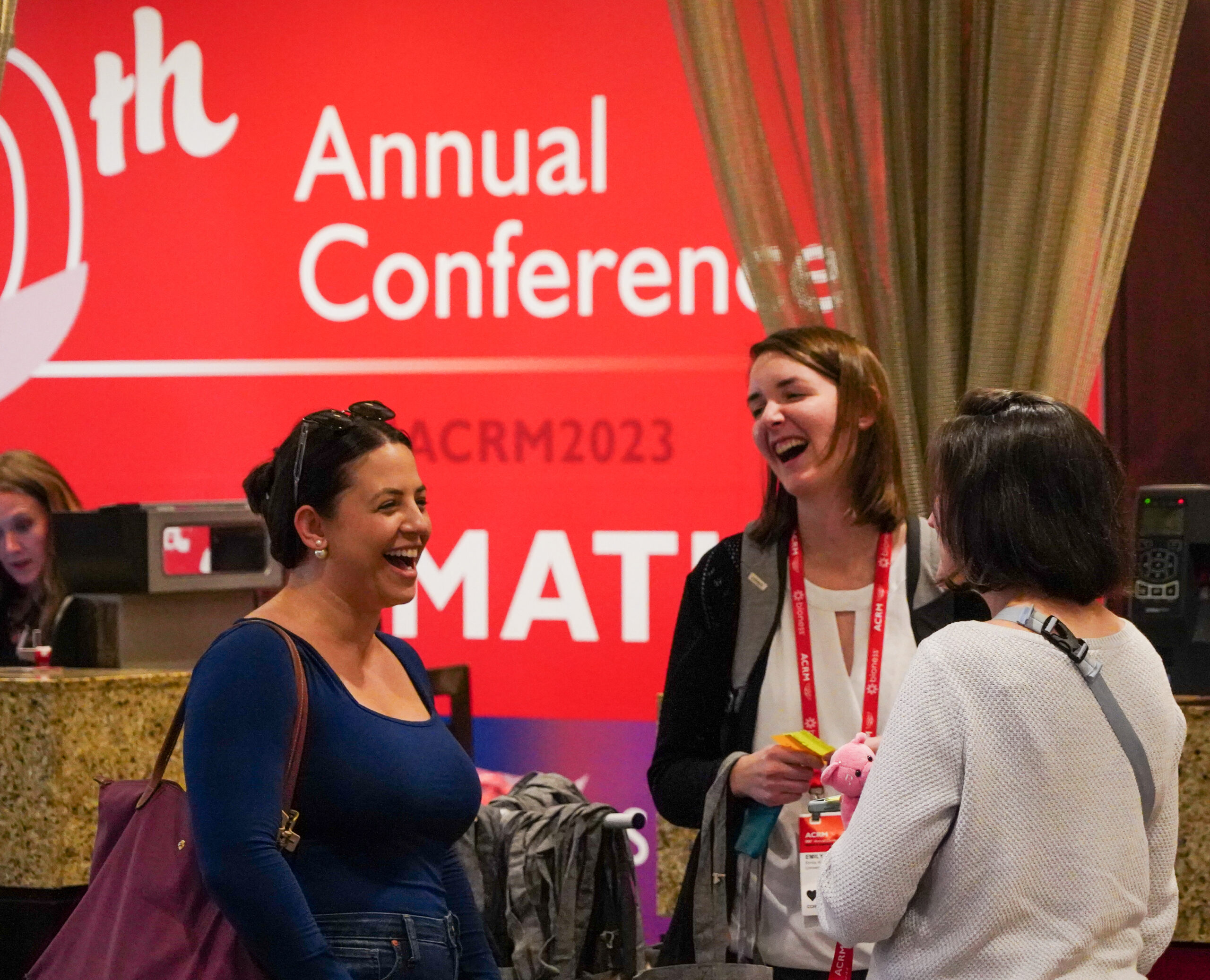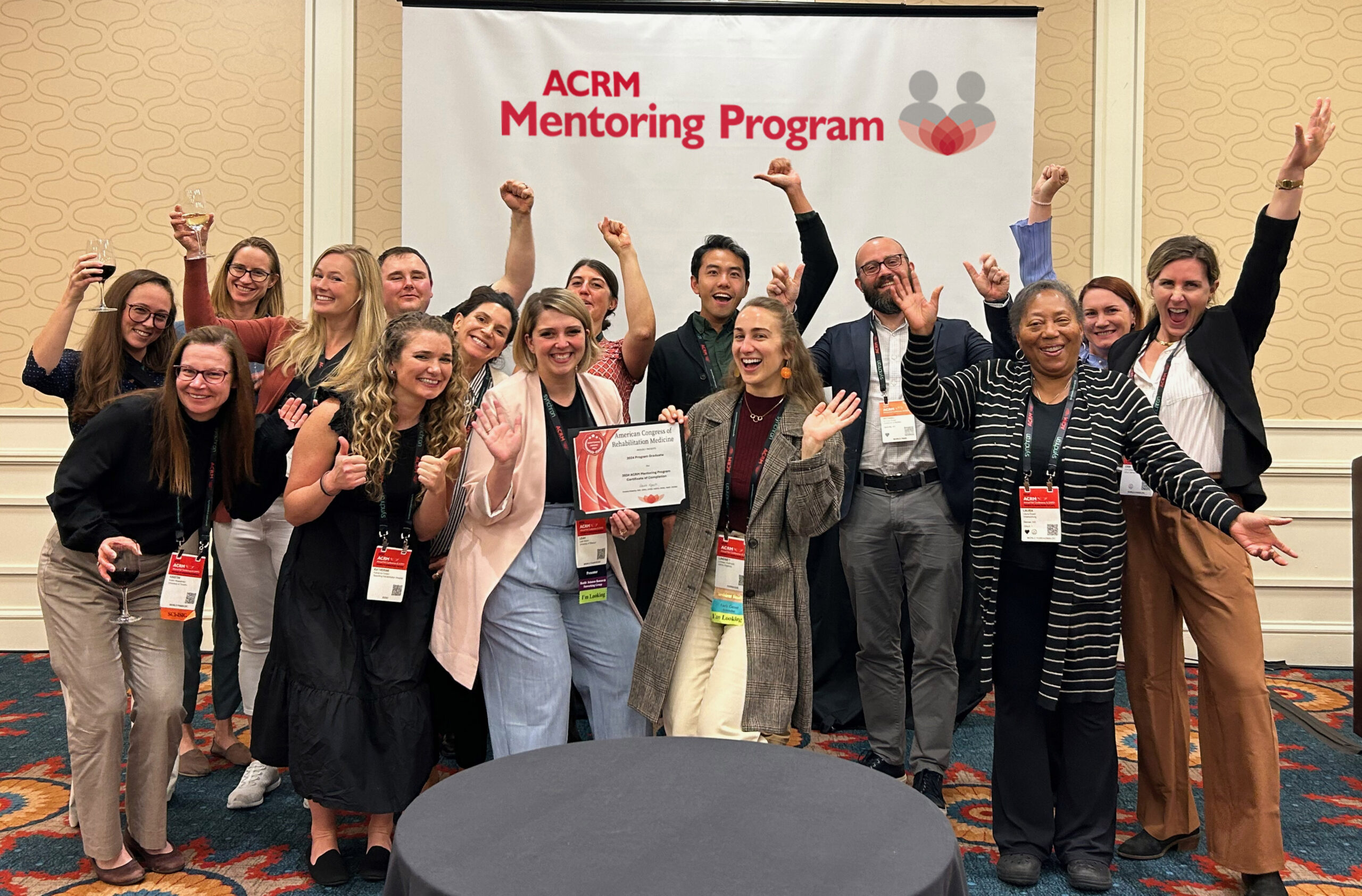Falls are a leading cause of injury among older adults, but the fear of falling doesn’t need to get in the way of living a full life! Instead, patients and rehabilitation medicine doctors can create and enact a fall-prevention plan. In today’s blog post from ACRM, we’re sharing a few tips for preventing falls in older adults. Continue reading to learn more, and if you’d like to join conversations around rehabilitation medicine and rehabilitation research, join ACRM and our specialist networking groups.
Causes And Risk Factors
A big part of fall prevention is understanding the causes of falls. Many older adults fear falling, even those who haven’t fallen, and this can lead people to avoid activities such as walking, shopping, or attending social events. This fear can lead people to take less care in maintaining their physical health, which actually increases the chance of future falls!
Many things can cause a fall, such as eyesight, hearing, and reflexes. Diabetes, heart disease, thyroid problems, nerves, feet, or blood vessels can all affect a patient’s balance. Other times, medicines can cause dizziness or sleepiness. Other causes include safety hazards in the home or the community environment that the individual is part of.
Doctors Consultation
An official fall prevention plan starts with a doctor’s consultation. Here are a few questions that need to be answered:
Medications
Make a list of prescriptions, including over-the-counter medications and supplements. The doctor will review the medications for side effects that may increase the risk of fall prevention. If a certain medication is especially risky, the doctor may wean the patent off that particular medication or suggest an alternative. Some medications make people tired or affect your thinking, including some types of antidepressants.
Health Conditions
As was outlined in the causes and risks factors portion, it’s important to consider different health conditions and how they may contribute to the risk of falls. The doctor will evaluate muscle strength, balance, and gait.
Keep Moving
Regular physical activity can go a long way toward fall prevention! Older adults should consider exercises like walking, water workouts, tai chi, or other gentle exercises that improve strength, balance, and flexibility. As older adults perform these activities, it’s important to have the proper footwear! In fact, shoes are another part of fall prevention. Properly fitting, sturdy shoes with nonskid soles can help prevent falls and also may help reduce joint pain.
Remove Hazards
Many falls occur within the home, and if the older adult is alone, this can be a dangerous emergency. Take a look around the home and see if things can be made safe. Remove boxes, newspapers, and electrical cords from walkways. Move any coffee tables and other stands from high-traffic areas. If there are loose rugs, secure them with double-faced tape or a rug mat. Repair any loose floorboards and carpeting, especially in transition areas between rooms.
In terms of storage, place clothes, dishes, and other necessities easily within reach. And place nonslip mats in the bathroom. A bath seat is also a great thing to install, as it allows people to sit while showering, reducing the chance of falling in the bathroom.
Utilize Assistive Devices
Assistive devices go a long way in improving confidence and reducing falls. A cane or walker can help older adults steady themselves. Other assistive devices such as hand rails for both sides of stairways, nonslip treads for wood steps, and a raised toilet seat are great places to start. Grab bars in the shower or tub and shower seats make the bathroom a safer place.
Keep The Home Brightly Lit
Keeping rooms brightly lit helps people of all ages reduce tripping! Night lights are a great choice for middle-of-the-night needs, as well as a lamp within arm’s reach of the bed. Consider replacing light switches with illuminated switches and make a habit of always turning on the light before using the stairs.
Occupational Therapy
Occupational therapists can create plans for older adults specifically tailored to fall prevention. Recommendations include targeting improving physical abilities to safely perform daily tasks and improving balance and gait. Occupational therapy practitioners are also a great help in recovery and prevention if a fall does occur.
ACRM – American Congress of Rehabilitation Medicine
The mission of our non-profit organization is to support the community of rehabilitative medicine professionals. We do so both in professional networking and our annual conference, and also through resources, such as this blog.
We work with hospitals, universities, professional, and advocacy organizations, and rehabilitation professionals around the world. We have 3,000+ members from more than 65 countries and proudly produce the ACRM Journal. Learn about the benefits of joining ACRM as well as membership dues and how to apply. You can also learn more about the ACRM Conference and register either in person or online here. We also offer ways to earn continuing education credits (CME/CEUS). Learn more here.


